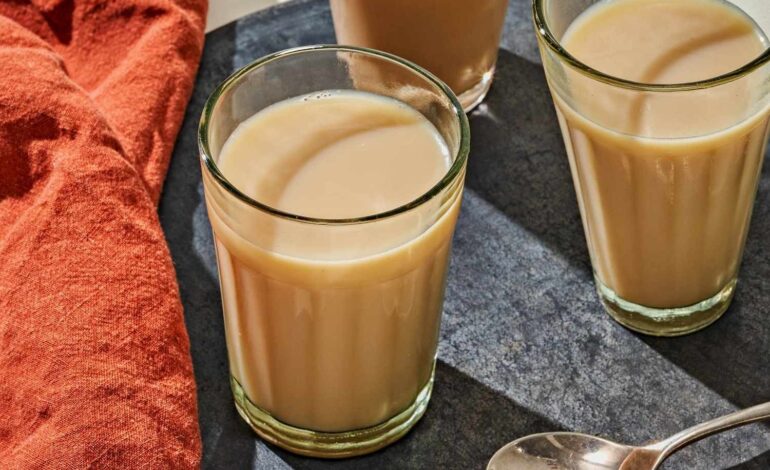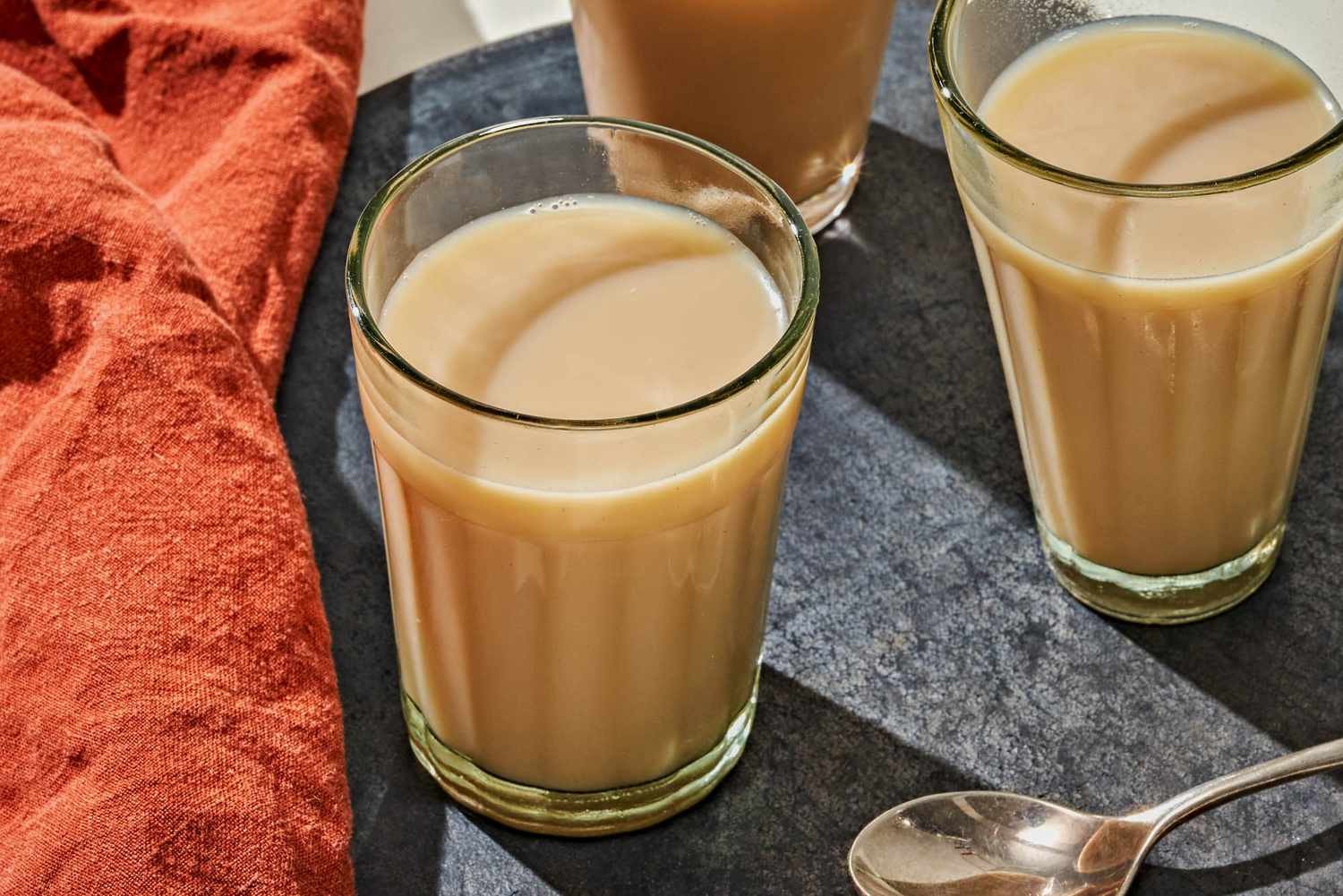
Govt sets minimum retail price for tea at Rs1,200 per kilogram
 Source says setting of new minimum price could potentially add financial pressure on consumers.
Source says setting of new minimum price could potentially add financial pressure on consumers.
The government has set a new minimum retail price of Rs1,200 per kilogram for tea, a significant hike aimed at regulating the domestic tea market amid rising inflation.
The Federal Board of Revenue (FBR) issued a notification confirming the price adjustment, stipulating that the new minimum price applies to both imported and supplied tea across the country.
The FBR’s directive indicates that sales tax on tea will now be calculated based on this revised price. If tea is sold at a higher rate, the sales tax will reflect the increased cost.
Sources close to the FBR suggest that setting this minimum price may lead to further price increases in the retail tea market, potentially adding financial pressure on consumers.
Pakistan’s annual inflation rate inched up to 7.2% in October, driven by a surge in food prices, yet underlying inflationary pressures have continued to ease, providing a window for a substantial interest rate cut at the upcoming policy meeting on Monday.
Aside from the core inflation rate, which has declined as an indication of easing underlying pressures, there has been an uptick in both the annual and monthly inflation readings.
On Friday, the Pakistan Bureau of Statistics (PBS) reported a slight increase in inflation, which rose to 7.2% in October compared to the same month last year. This reading exceeded market expectations, as well as the Ministry of Finance’s projected range of 6% to 7% for November.
The State Bank of Pakistan (SBP) is set to hold its next Monetary Policy Committee meeting on Monday to decide on the interest rate, which currently stands at 17.5% after recent cuts from 22%. However, the rate remains significantly above the prevailing inflation rate.
Deputy Prime Minister Ishaq Dar commented this week, “There is no reason for keeping the interest rates at 17.5% when inflation is at 6.9%.” He added that a substantial rate cut could still allow a buffer against inflationary expectations.
Finance Minister Muhammad Aurangzeb has previously voiced caution against the high-interest-rate environment, though he noted that the decision rests with the central bank.
Market analysts anticipate at least a 2% rate cut on Monday, although there are some speculating that a steeper reduction may be on the table.
Dar also expressed that the rupee, currently at Rs278 to the dollar, is undervalued, suggesting it should be closer to Rs240, as the high dollar rate does not reflect economic fundamentals. He argued that this overvaluation contributes to inflation and strains fiscal resources due to high interest rates.
Demand for the dollar remains subdued, with the central bank consistently purchasing foreign currency to bolster reserves.
For the current fiscal year, the government has set an inflation target of 12%, while the International Monetary Fund (IMF) projects it will reach 9.5% by the fiscal year-end. Meanwhile, monthly inflation rose by 1.2%.
Core inflation, which excludes energy and food prices, further slowed to 8.6% in urban areas, indicating a relief in underlying inflationary pressures, while decelerating to 11.7% in rural areas. This brings average core inflation almost 8% below the policy rate.
The annual urban inflation rate held steady at 9.3%, while rural inflation accelerated to 4.2% last month, according to PBS data. The data also showed a 2.7% rise in urban food inflation, with a smaller increase of 0.6% in rural food prices.
Prices of perishable food items surged by 16% on an annual basis last month, driven by sharp increases in the costs of onions, fresh vegetables, and fruits. Non-food inflation, however, decreased due to a 34% drop in wheat and wheat flour prices.
Gas charges, however, remained high, up 319% from the previous year, while motor vehicle taxes saw a 169% rise.
The average inflation rate for the first four months (July-October) slipped into single digits, reaching 8.7%well below the official annual target of 12%. However, in urban areas, the average inflation rate remains elevated at 10.8%.





